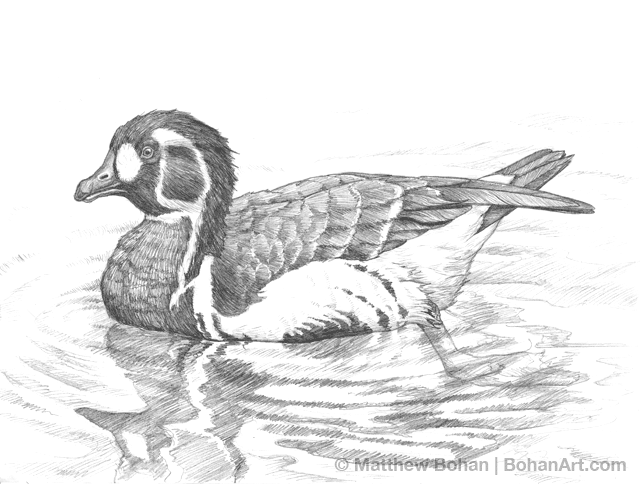
This is a sketch of a Red-brested Goose that I saw at the Toledo Zoo. It is a bird I knew nothing about before seeing it in captivity. They are endangered geese from Northern Asia. Its Latin name is Branta ruficollis. Other species with this genus are the Brant, Cackling Goose, Canada Goose and Hawaiian Nene Goose. Ignoring sub-species, there are only six species in the family. All have black feet and other black areas prominent in their color schemes.
Historically this family had more species, including other Hawaiian Geese, some of which were large flightless individuals weighing up to 18 lbs. In an oft-repeated pattern, once humans found the islands, the birds quickly became extinct. Being flightless and tasty probably isn’t a great combination—at least for the birds. No doubt the humans brought along rats and other species that wreaked havoc on their populations.
Sub-fossil evidence of these interesting birds have been found on the islands, sometimes in exotic locations like lava tubes, where liquid lava used to flow underground, but which have emptied out and remained hollow. In these tubes their remains were protected from the elements. One would assume the flightless birds fell down into the tubes and couldn’t get back out. Not a pleasant way to go.
Fossil birds fascinate me. The scale of many of the prehistoric birds is staggering. Today we think of an ostrich as being a large bird. Of course it is big, but some fossil birds put it to shame. A fossil penguin called Palaeeudyptes klekowskii stood approximately six-and-a-half feet tall, weighing an estimated 250 lbs. That sounds like stats for a defensive lineman. A fossil specimen related to our modern Ratites was the South Island Giant Moa (Dinornis robustus). This behemoth measured just shy of twelve feet tall!
Pelagornis sandersi was an albatross-like seabird with a toothed beak and a wingspan of 20-24 feet! Its remains were found while constructing a new airport terminal in Charleston, South Carolina.
Another interesting, ancient group was the Terror Birds, which were carnivorous. Some of these approached 10 feet tall. Living about 15 million years ago, they were fast and agile hunters. One species, Kelenken guillermoi, had the largest head of any known bird, with a 28-inch skull (including its 18-inch beak). Terror Bird sounds like an appropriate name!

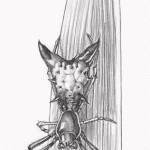
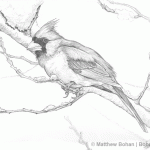
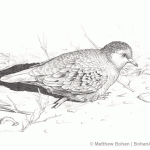
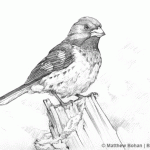
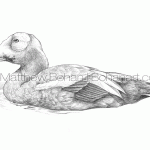
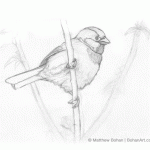
Leave a Reply